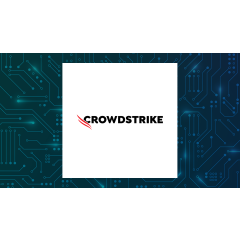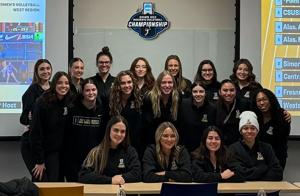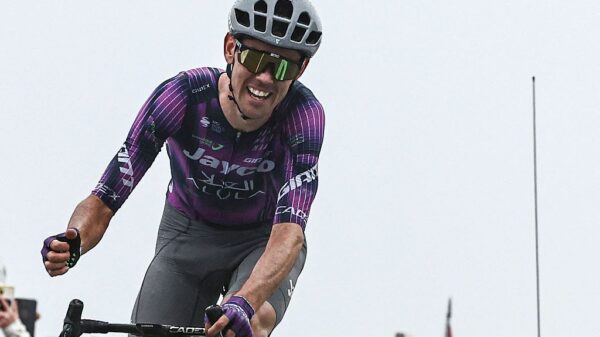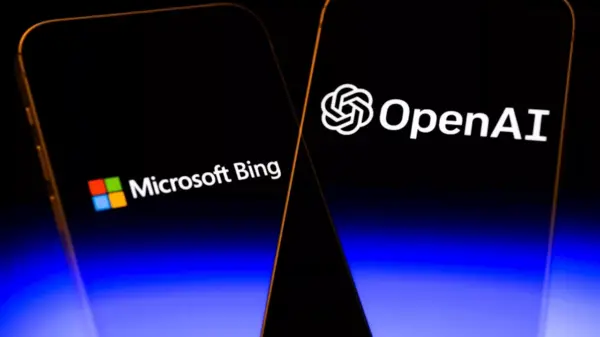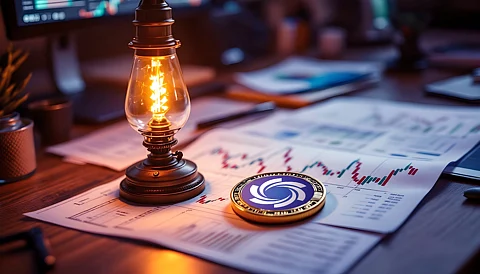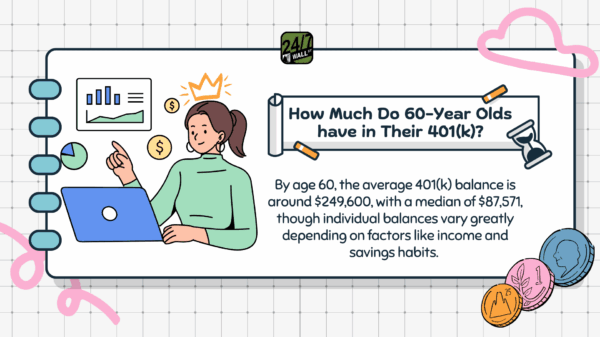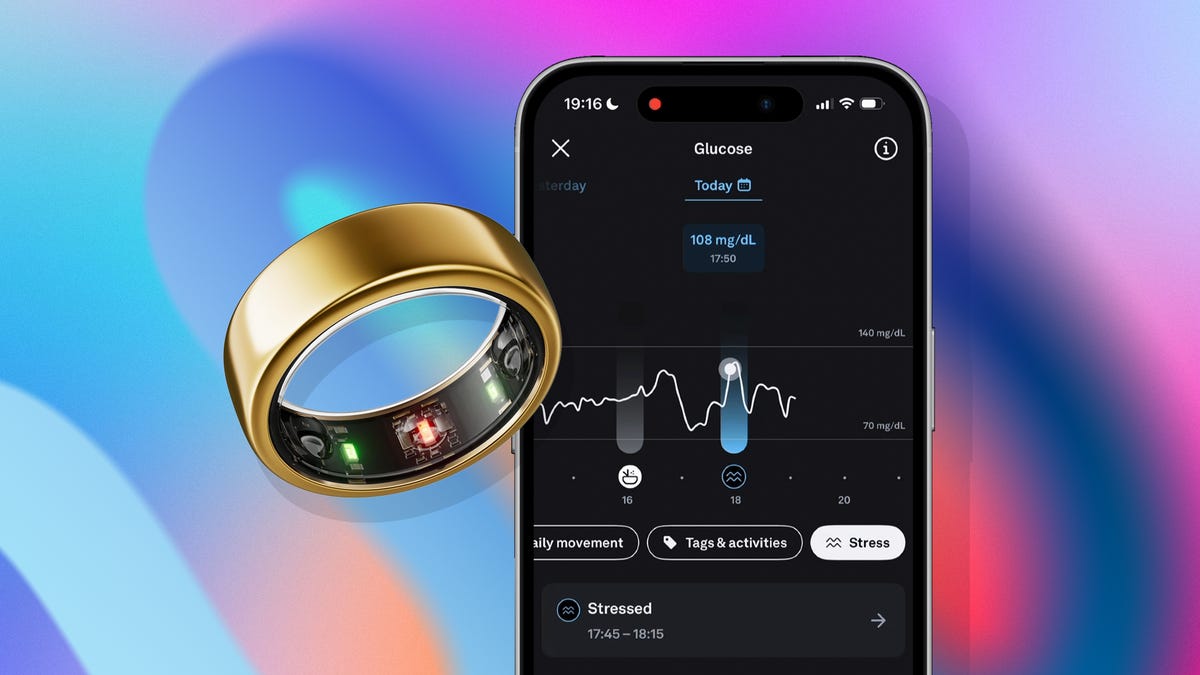For years, I’ve relied on my Oura Ring to track sleep, recovery, and stress. Recently, however, it unveiled a new dimension of health monitoring I hadn’t anticipated: blood sugar levels. This breakthrough came through Oura’s partnership with Dexcom’s Stelo, a continuous glucose monitor (CGM) designed for non-diabetics. The collaboration aims to provide insights into how food and eating habits affect blood sugar and overall health.
“By combining Stelo data with Oura’s existing insights, we’re empowering members to better understand the cause-and-effect relationships between eating patterns, energy, mood, and recovery — and ultimately make sustainable, science-backed lifestyle changes,” said Maz Brumand, vice president of product for Oura, in a statement to CNET.
Over two weeks, I tested the Stelo CGM with my Oura Ring, fundamentally altering my approach to diet and exercise. This type of biofeedback proves beneficial for everyone, not just those with diabetes.
The Science of Continuous Glucose Monitoring
Blood sugar, or glucose, is the body’s primary energy source, fueling muscles, the brain, and cells. When we consume carbohydrates, glucose levels rise, prompting insulin release to manage this surge by directing glucose into cells for energy or storage. Even without diabetes, frequent glucose spikes or crashes can affect energy, sleep, mood, and long-term metabolic health.
While glucose monitoring is critical for diabetics, it also offers valuable insights for the general population. “Glucose is a real-time window into metabolic health, which underpins how we feel day to day — our energy, focus, mood, and sleep — and how resilient we are over time,” Brumand explained.
With the advent of wearable glucose sensors like Stelo, those without diabetes can now gain insights into their dietary impacts without invasive procedures.
Understanding Glucose Spikes
Prior to using a CGM, I assumed blood sugar was either stable or erratic. However, I discovered that spikes are normal, especially post-meals. The American Diabetes Association suggests a target range of 70 to 140 mg/dL for adults without diabetes, with levels below 100 mg/dL considered normal when fasting.
“Clinical studies show that even in healthy individuals, a moderate glucose spike (rise above 140 mg/dL) can occur daily. Research suggests that healthy adults will live above 140 mg/dL for about 30 minutes to 2 hours a day, which usually involves 1 to 3 short-lived glucose spikes,” noted Renee Fitton, registered dietitian and director of education at L-Nutra.
Fitton emphasized that glucose spikes are influenced by diet, stress, exercise, and other factors. The key is understanding context and trends rather than focusing on isolated spikes.
Setting Up the Stelo Monitor
Ordering the Stelo sensor from Oura was straightforward. At $99 for two sensors, the application process was simple and surprisingly painless, despite involving a small needle. Once applied, the sensor seamlessly integrated with the Stelo app and reflected in the Oura app, tracking glucose 24/7 for up to 15 days.
Through the Oura app, I could monitor glucose fluctuations alongside other health metrics such as sleep, heart rate, and activity levels.
Reevaluating ‘Healthy’ Food Choices
One of the most enlightening aspects of my experiment was observing how “healthy” foods affected my glucose levels. For instance, a morning pressed juice spiked my glucose beyond my healthy range, prompting me to reconsider my consumption of fruit-heavy beverages.
In contrast, a homemade smoothie with added protein and fiber kept my glucose stable. The combination of berries, banana, protein powder, peanut butter, soy milk, and oats slowed sugar absorption, illustrating the importance of balanced meals.
Fitton explained that protein, fiber, and healthy fats slow carbohydrate absorption, preventing sharp glucose spikes. “The biggest area of concern when managing our blood sugar levels is limiting refined carbohydrates,” she advised.
Integrating Movement and Timing
Beyond diet, I learned that post-meal activity significantly influences glucose stability. A simple 15-minute walk after indulging in cake kept my glucose levels in check, demonstrating the power of exercise in managing blood sugar.
“The body knows that exercise demands more energy, and so it helps open up our cells to soak up sugar (energy) and remove it from our blood,” Fitton explained.
Timing meals also plays a crucial role. Consuming higher-carb foods earlier in the day, when insulin sensitivity peaks, can enhance glucose management.
Strategies for Managing Glucose Levels
My experience with the glucose sensor revealed three key strategies for maintaining glucose stability without sacrificing favorite foods:
- Pair carbs with protein, fiber, and healthy fats: This combination slows digestion and moderates glucose spikes.
- Incorporate post-meal walks: Even brief walks can help offset blood sugar spikes.
- Time your meals effectively: Eating carbs earlier in the day can improve glucose processing.
Understanding the interplay between diet, timing, and movement offers a holistic approach to managing blood sugar, empowering individuals to make informed dietary choices without drastic lifestyle changes.


















